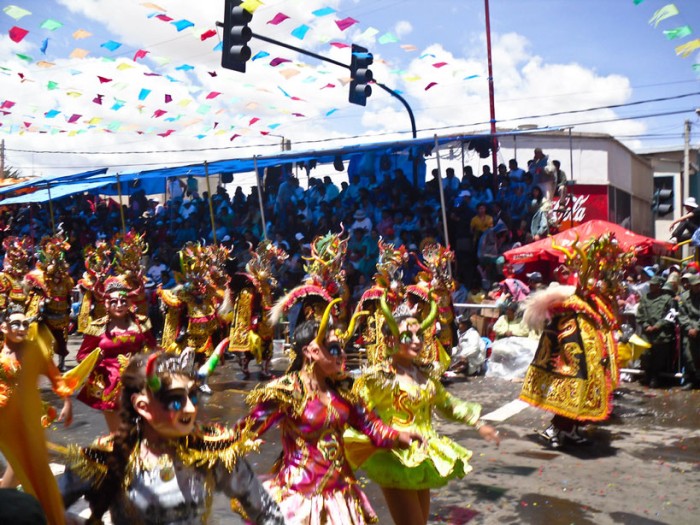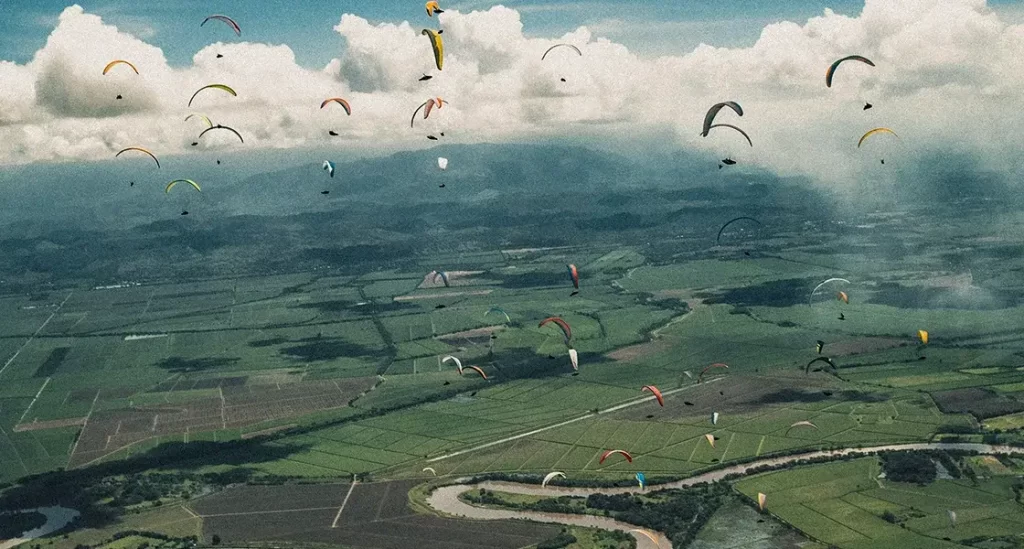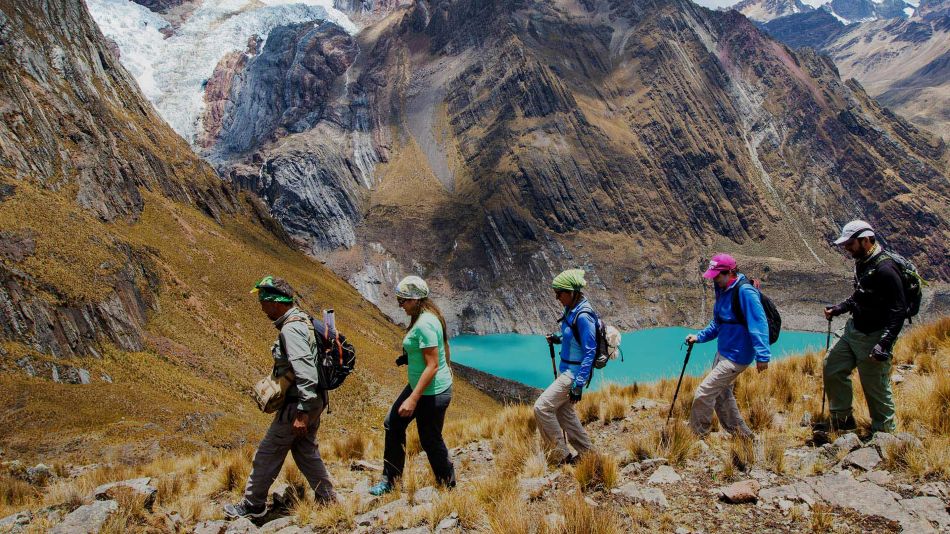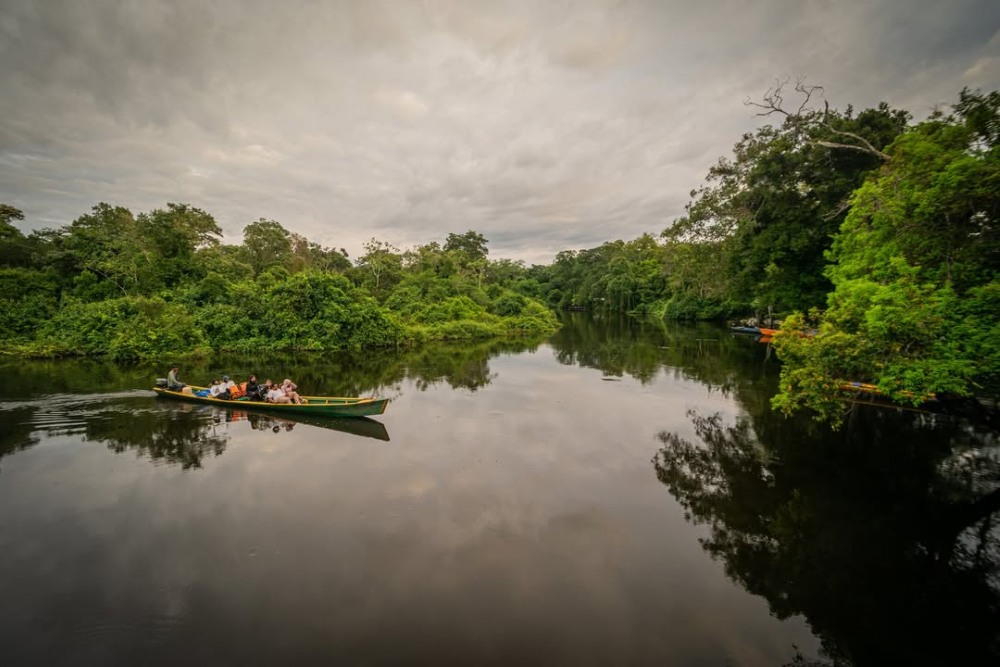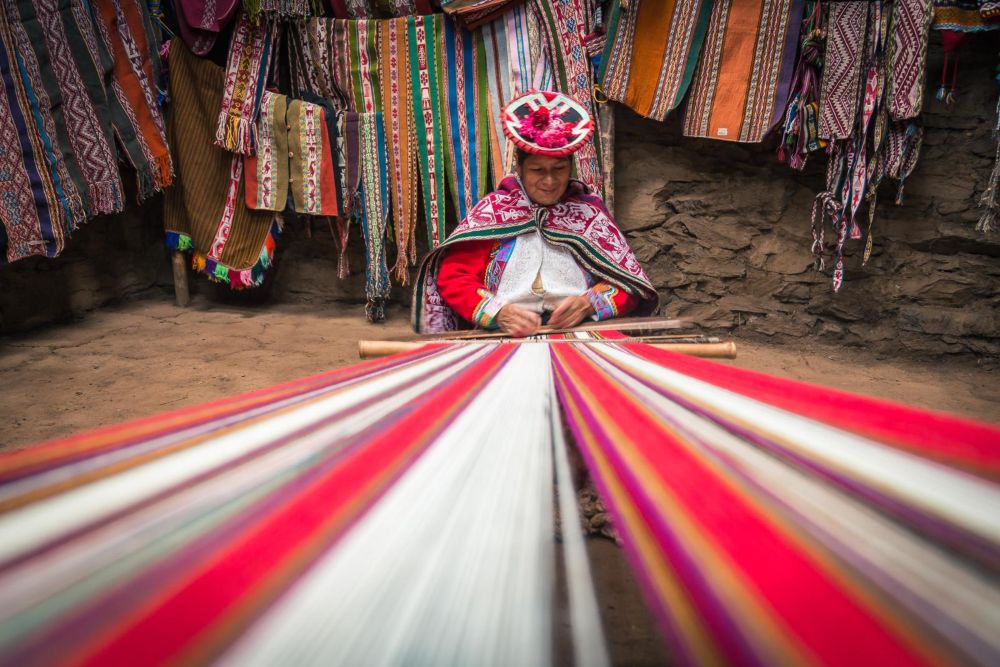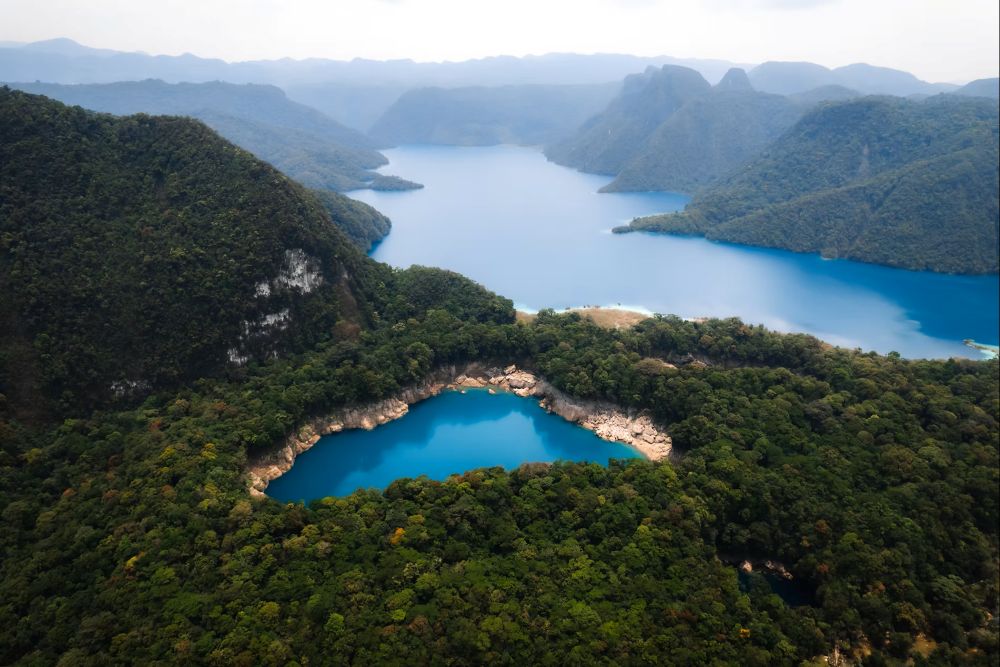By Ines Chebiri & Léa Condom, first published in www.elcafelatino.org
The Oruro Carnival is becoming more and more famous every year, especially since it was the symbol of the Bolivian culture declared a UNESCO Cultural Heritage Site in 2001.
Every year this famous event is held in Bolivia. The new edition of the Carnival of Oruro will take place from 7 to 26 February, and as every year it will welcome more than a million people. It is one of the most singular and oldest carnivals in the world, having existed for more than 200 years.
“Uru Uru”, in the indigenous “Aymara” language, is the pre-Hispanic name for Oruro, a small mining town in the mountains in the west of Bolivia. During the carnival period, the town sees its population quadruple to 250,000 inhabitants.
The origins of the Carnival of Oruro date back to long before the arrival of the Spanish settlers. In the beginning, it was the religious destination of the Andean natives, who celebrated great festivals in honour of the gods. In fact, the inhabitants worshipped the Pachamama (Madre Tierra) and their ancient god Tío.
Carnival also has its origin in an ancient belief that a virgin once helped a wounded man to return home near the silver mines of Oruro. Since then, the town has become a symbol of protection for Bolivian miners.
The Oruro carnival, a mixture of Catholic and pre-Columbian customs, reflects a certain religious syncretism. Thus, the Christian icons of the Catholic Virgin and the devil are mixed with the pagan indigenous cults of the Pachamama and Tío.
It begins with a ceremony dedicated to the Virgin of Socavón during which groups play traditional Bolivian music to greet her. On the other hand, the ‘Tío de la Mina’, a malevolent character considered to be the uncle of the mountains, is the most famous character of the Oruro carnival. During the carnival, the ‘Tío de la Mina’ turns into the Devil.
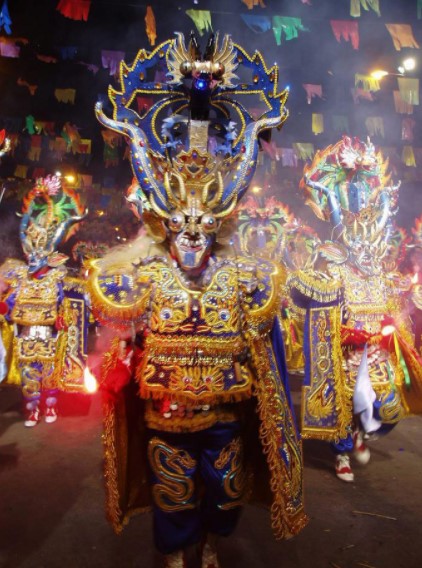
During the festivities, the main parade stands out from the other events due to its duration and scale. It can last up to 20 hours, stretches over 4 kilometres and features 20,000 dancers, 150 groups and 10,000 musicians.
It stages two main works. The first relates the Spanish conquest and the second the battle of San Miguel between Good and Evil. In this parade, San Miguel symbolises the mythical city of ‘Uru’. Lucifer and his wife, and both try to seduce San Miguel with their dances.
In addition, the “Diablada”, known as the “dance of the devils”, is particularly famous and has existed since colonial times. Other dances are also famous, such as “la Morenada” and “los Tinkus” which are part of the traditional Bolivian dances.
Carnival is a very colourful spectacle thanks to the many costumes and the work of the artists who perform 18 different shows during the festivities.
Today, the Oruro Carnival is a true symbol of the national culture. Moreover, it has become a very strong regional tradition: each Latin American country organises its own carnival. The most famous and most awaited is the one in Brazil: the Rio carnival.
Thanks to its costumes and folk dances, the carnival continues to have an influence on parades all over the world.

